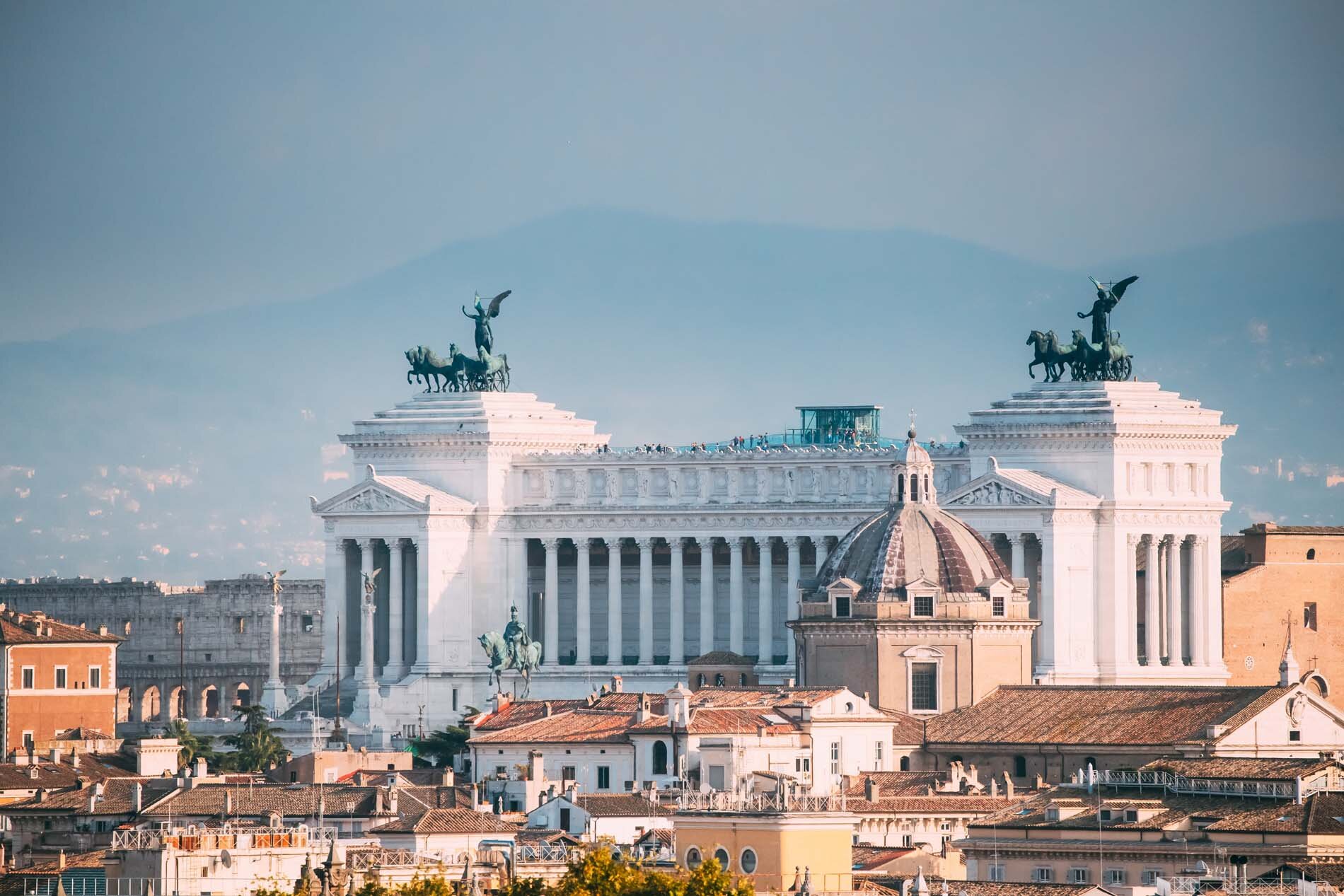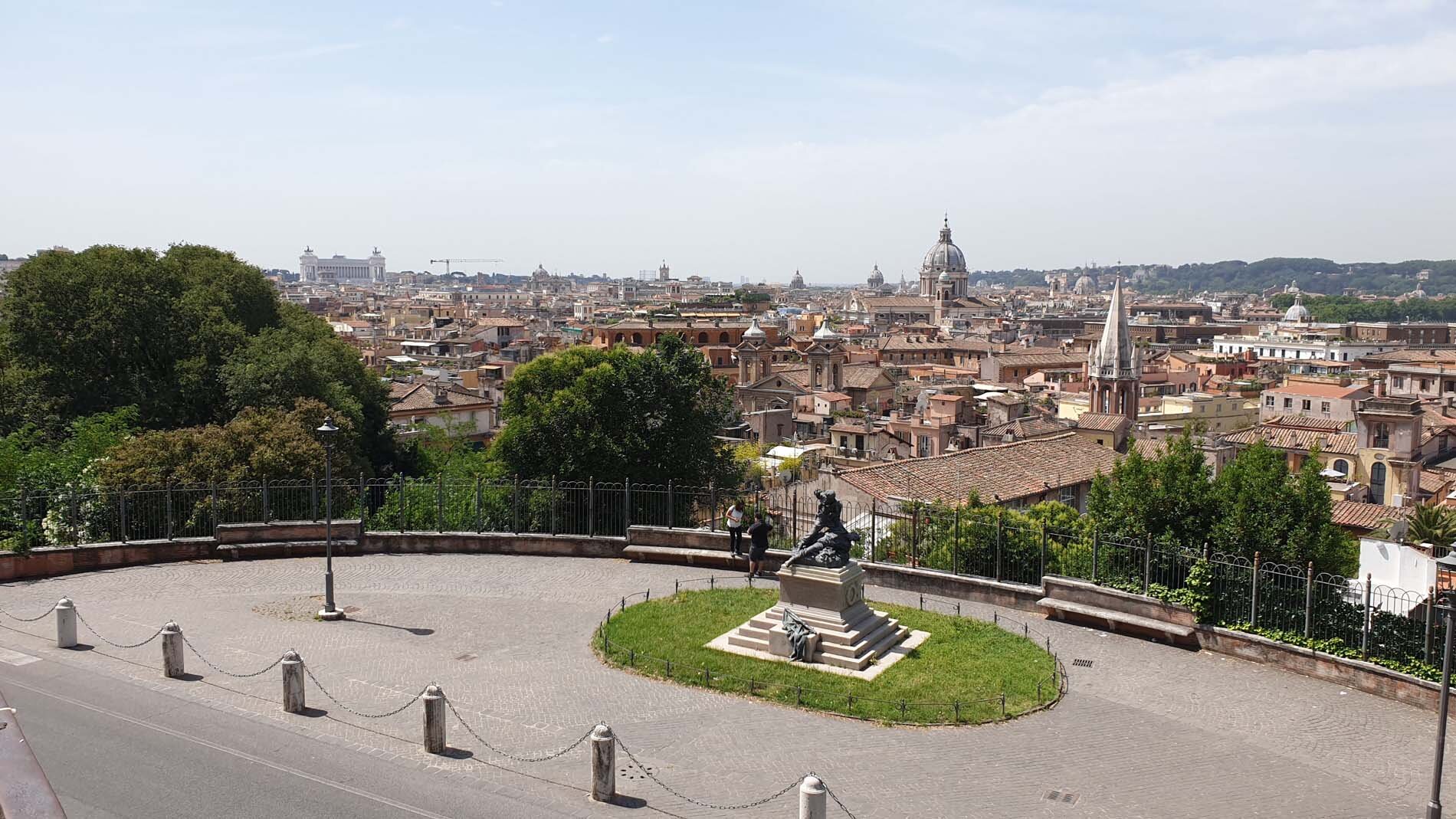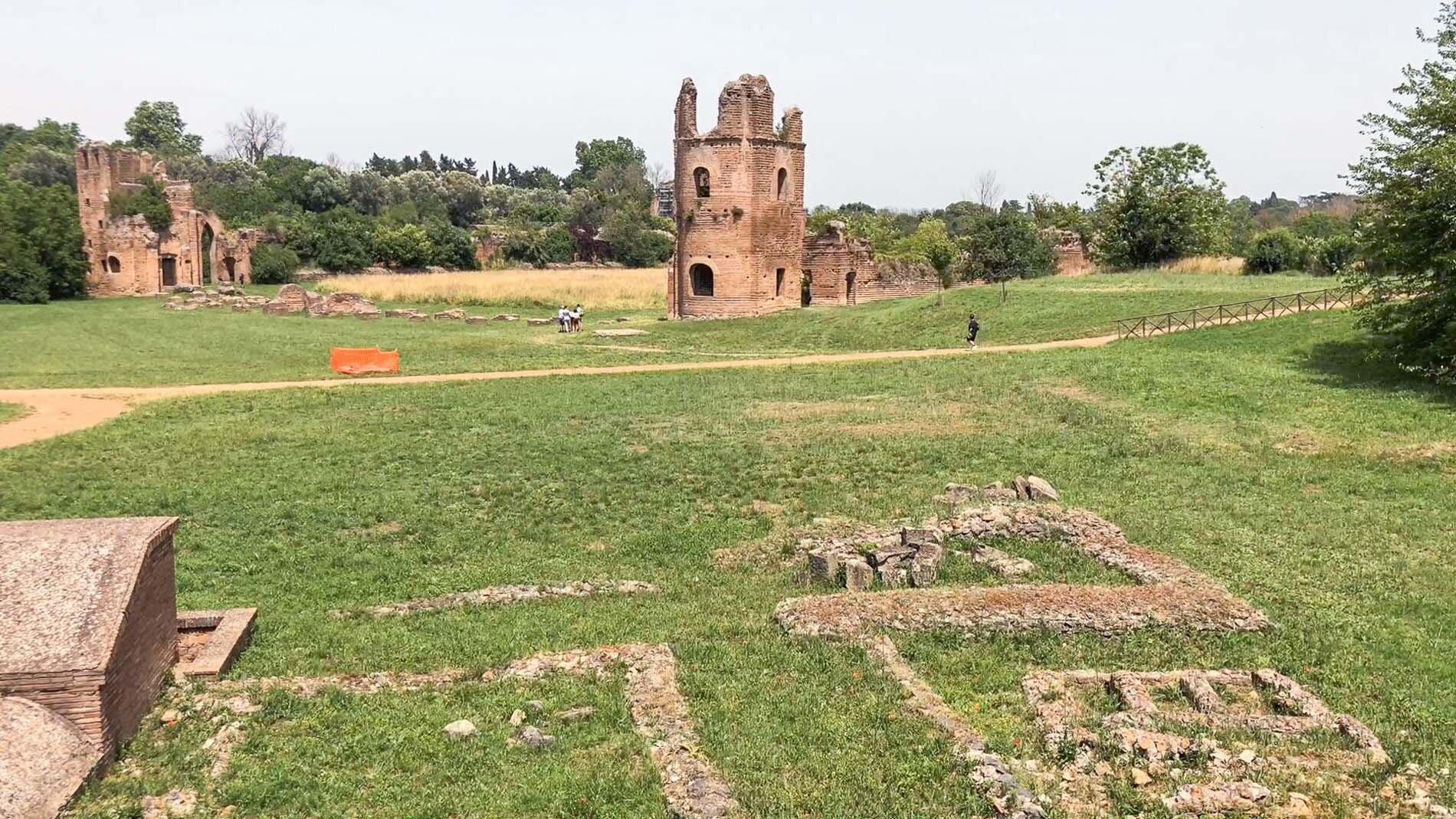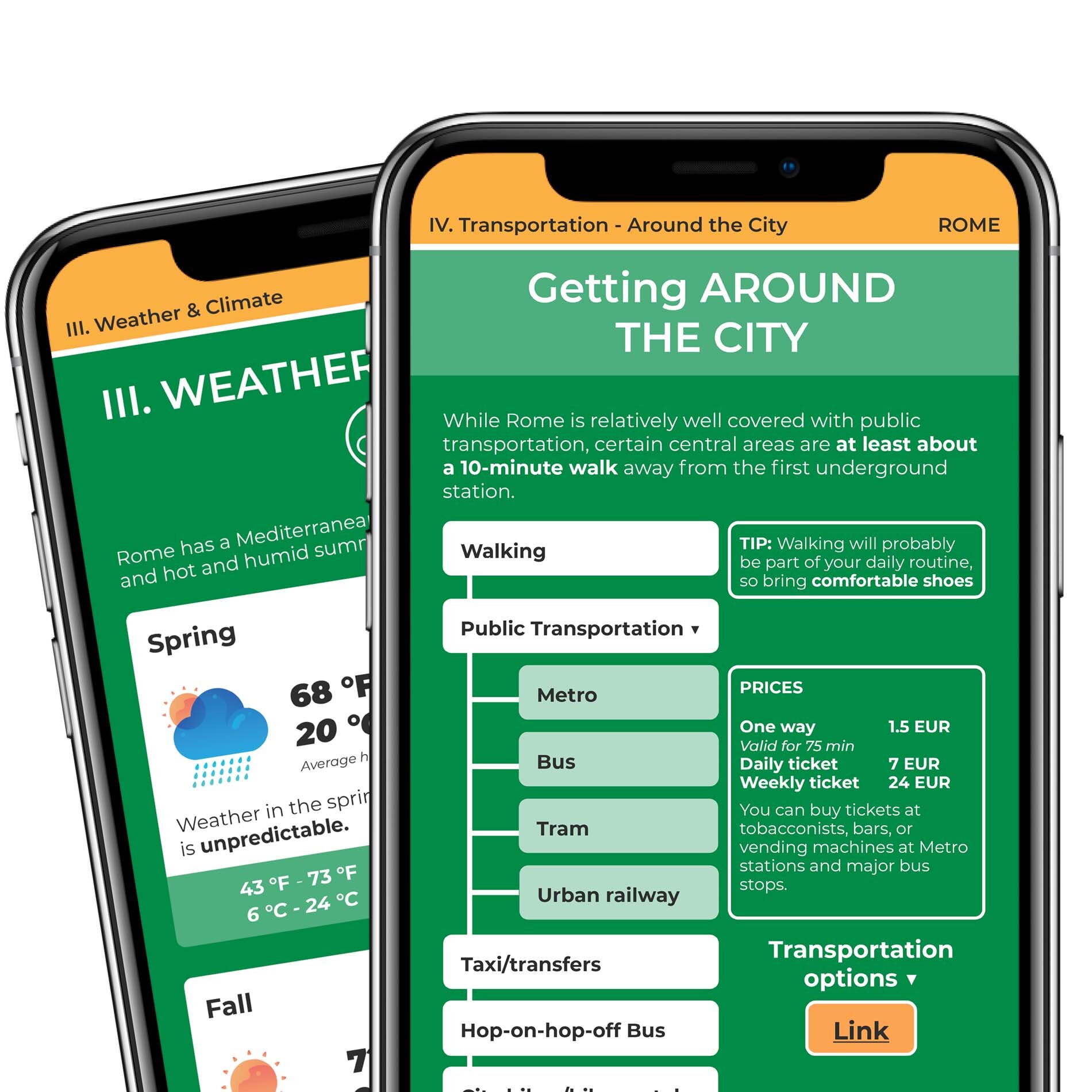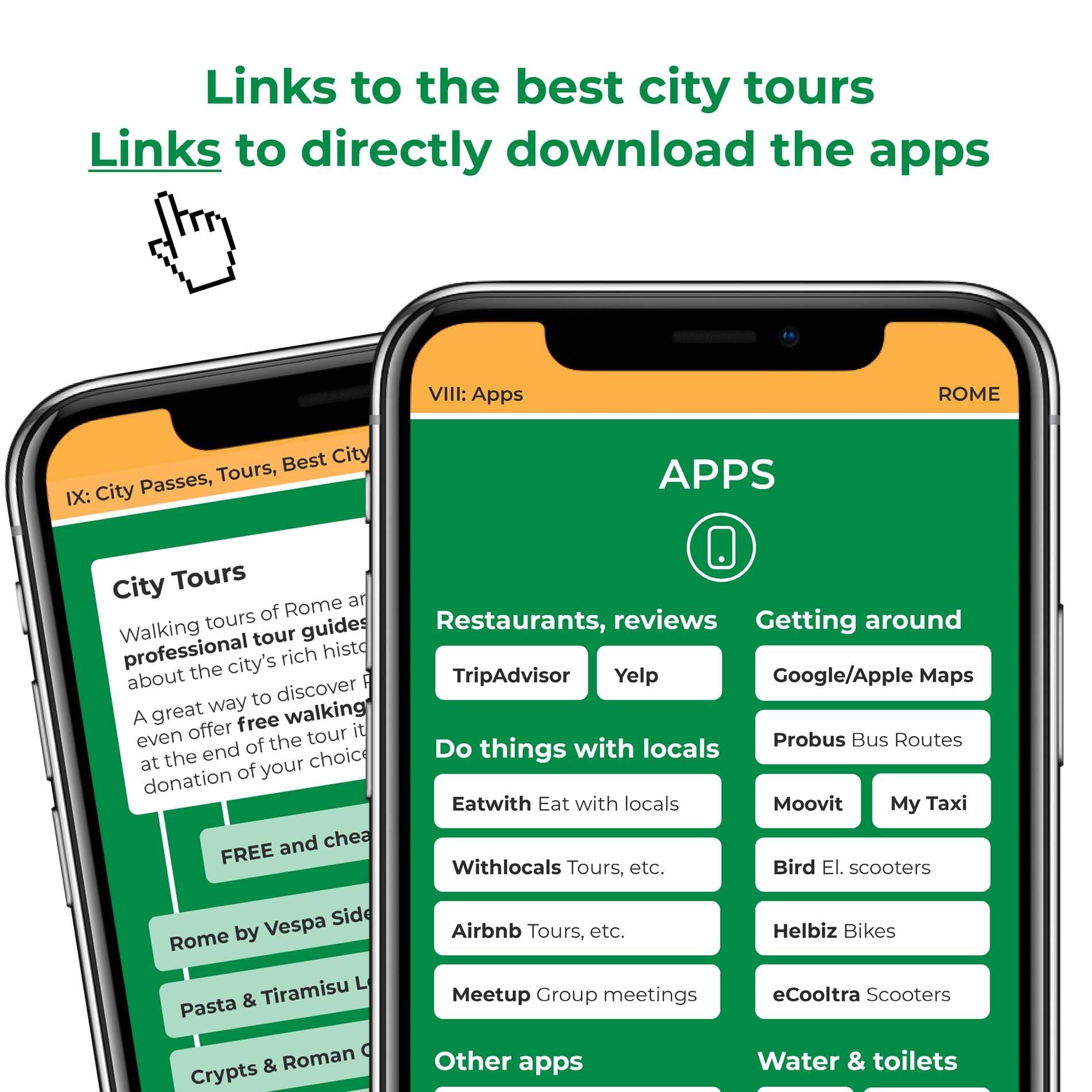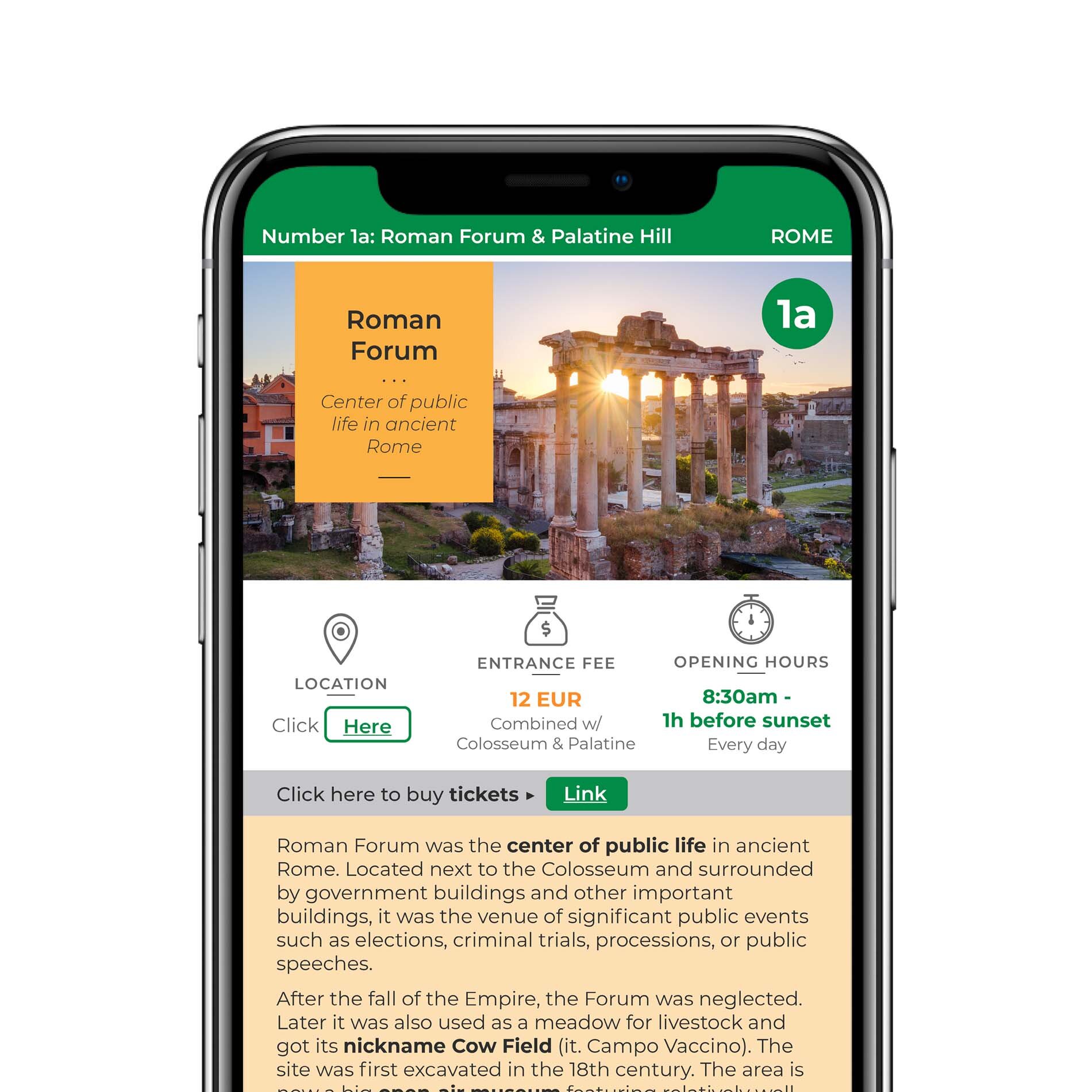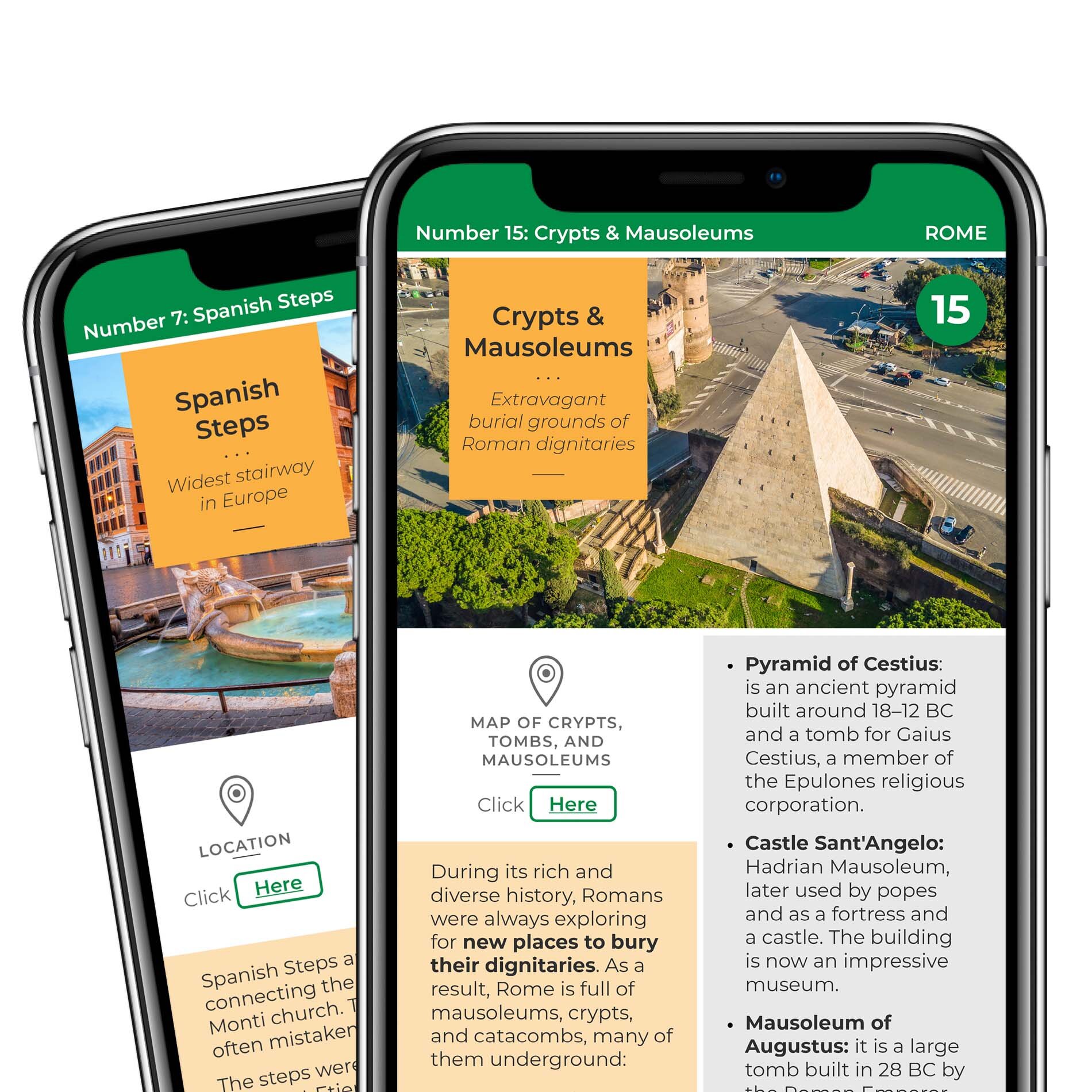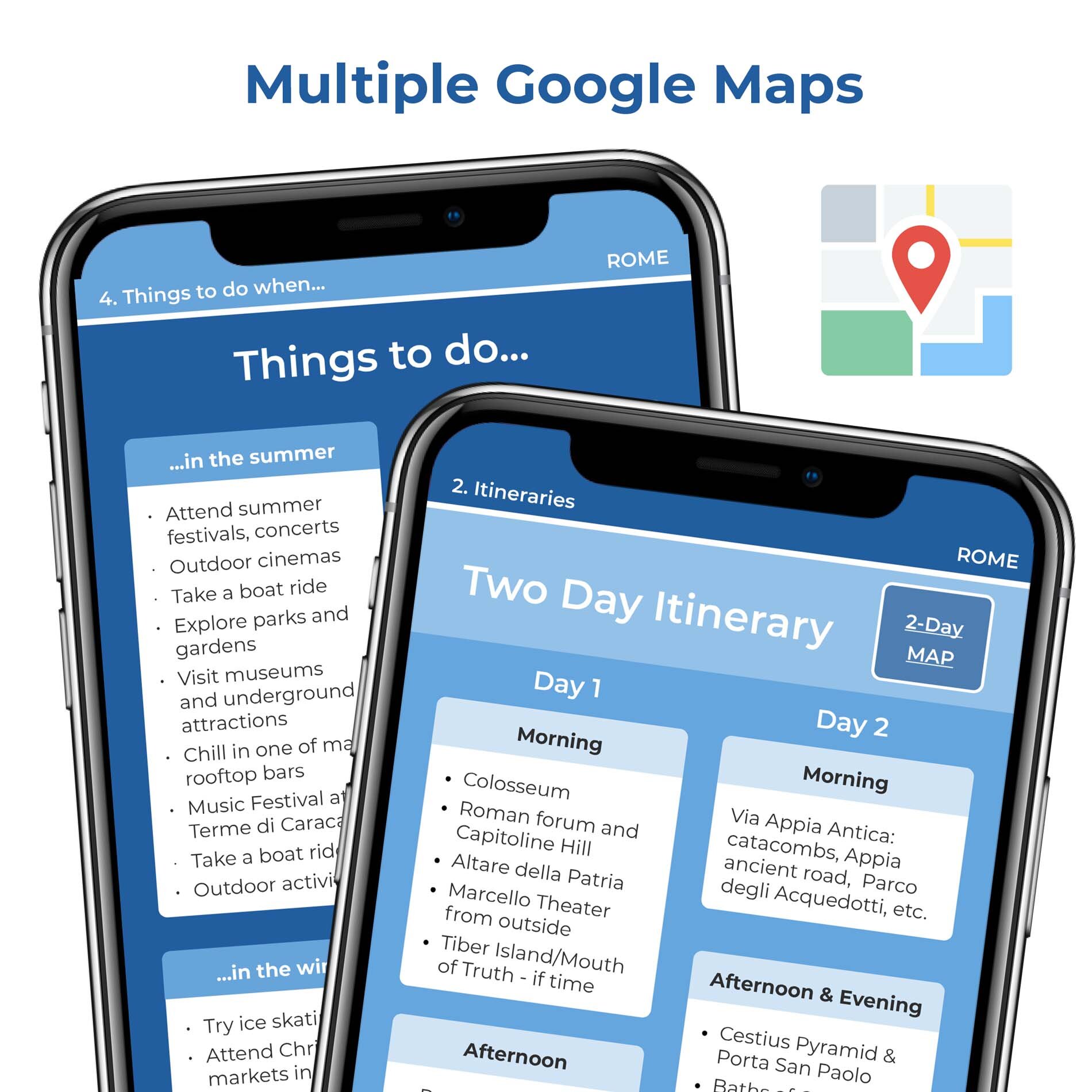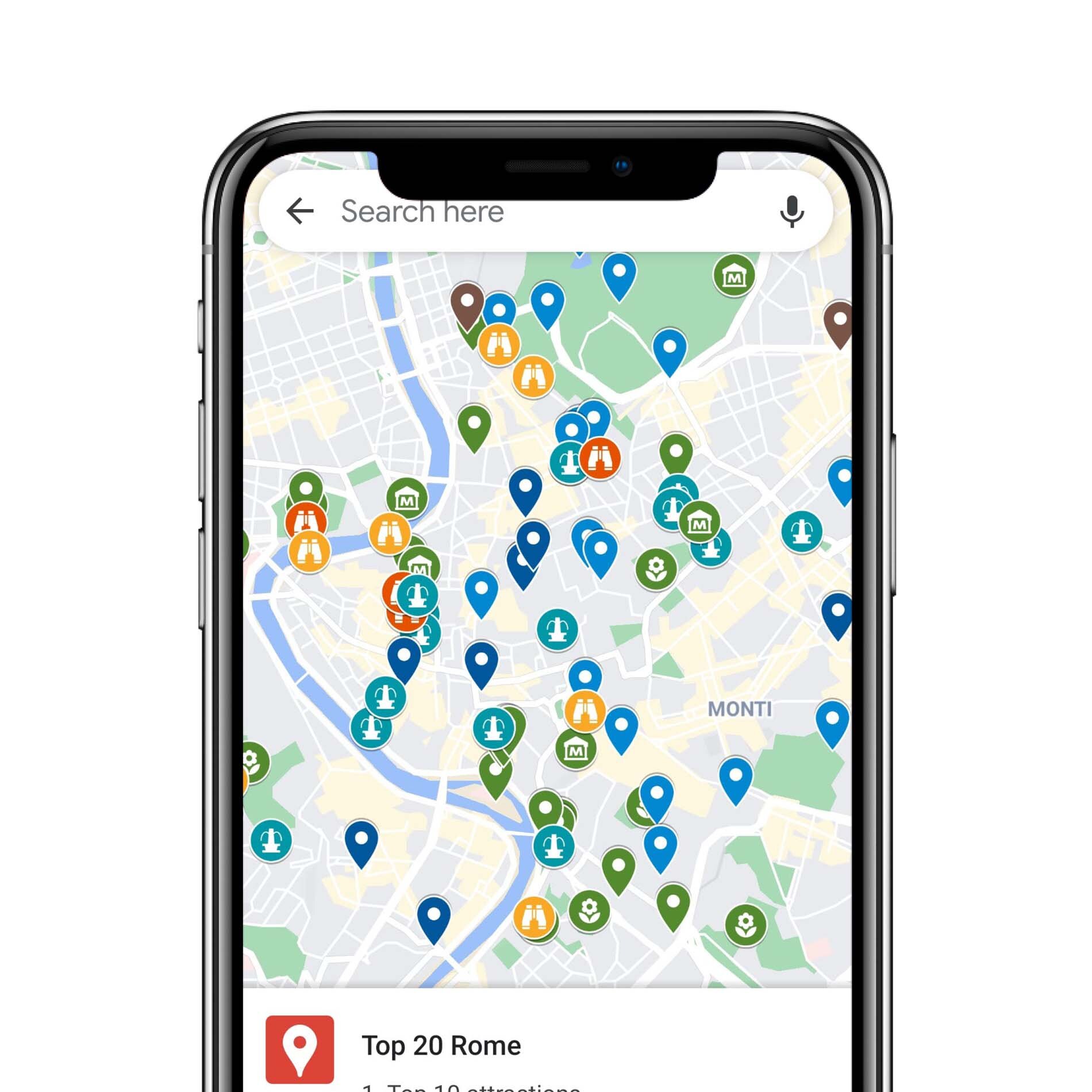Top 10 Things to Do in Rome
Rome is the capital of Italy and, with a population of around three million, also its largest city. Although the official founding of Rome is estimated around 753 BC, the area was inhabited long before that, and it is considered one of the oldest inhabited areas in Europe. Rome’s city center is listed as a UNESCO World Heritage Site. Because of its relatively small historic center, culture, rich architecture and history, and great food, Rome is considered to be one of the best romantic travel destinations.
NUMBER 10: Roman Forum
Roman Forum was the center of public life in ancient Rome. Located next to the Colosseum and surrounded by government facilities and other important buildings – it was the venue of major public events such as elections, criminal trials, processions, or public speeches.
The legend says that Rome was founded by Romulus who killed his twin brother Remus after the two of them have been raised by a she-wolf. Romulus is supposed to be buried under the Roman Forum.
The area is now a big open-air museum featuring relatively well-preserved ruins of old buildings. If you don’t want to visit the museum, you can see a big part of the forum from the public street above.
Located above Roman Forum, you will find the Palatine Hill. According to a legend, the she-wolf that took care of Romulus and Remus lived here. The settlements on a Palatine Hill date back as far as 10th century BC. Today you can visit an impressive collection of archaeological sites from different eras of ancient Rome.
Check our travel guide for more information.
NUMBER 9: Colosseum
Located in the center of Rome, Colosseum is the largest amphitheater ever built.
Construction of this remarkable structure was completed in the year 80 and was made using stone and concrete to demonstrate Roman building techniques to the entire world as a gift from the people of Rome by the Flavian Dynasty to gain their popularity. In fact, for that reason, the emperors made significant events in the Colosseum free to attend, and sometimes even provided free food for the visitors.
Colosseum was used for gladiatorial combats, animal hunts, executions, re-enactments of famous battles, as a stage for theatrical performances, and other public spectacles.
While the structure still stands and you can visit it, earthquakes damaged it over the years.
NUMBER 8: Altare Della Patria
Altar of the Fatherland or Altare Della Patria in Italian is a large monument built on top of a part of Capitoline Hill.
The monument was built in honor of Victor Emanuel II, the first king of unified Italy, and is, to this day, the largest monument in Rome. The construction began in 1885, but the monument was not completed for another 50 years, until 1935.
The construction of Il Vittoriano, as it is also called, was controversial, because it included destroying a large part of the Capitoline Hill’s Medieval neighborhood.
You can visit the monument, and see the tomb of the unknown soldier, visit a museum of Italian Unification, and complete your tour by visiting its impressive terrace with amazing views of Rome in all directions.
NUMBER 7: The Gardens of Villa Borghese
Villa Borghese is a large public park comprising of numerous several, buildings, villas, museums, and other attractions. The park is located close above Piazza Del Popolo, one of Rome’s main squares.
The garden was created in 1605 from a former vineyard, and in the 19th century, the park was designed to its current form and was purchased by the city of Rome for public use.
Terrazza Viale del Belvedere, situated close to Casina Valadier, offers amazing view towards the city. Terrazza del Pincio is a place with another beautiful panoramic views of Rome.
Villa Borghese offers an array of activities: you can rent a boat on one of the lakes in the park and row around the inspiring Temple of Asclepius, visit the Waterclock hydrochronometer at Pincio, or stop at one of several open-air restaurants and cafes.
NUMBER 6: The Appia Antica Park
Appia Antica Park or Appian Way Regional Park is an area located around about 10 miles or 16 kilometers of the 2,300-year-old Via Appia road, starting in the center of Rome leading southeast.
Traveling along Via Appia you can discover some of the most remarkable historical attractions in Rome, some of which are still very well preserved.
You can almost feel like you are traveling back in the ancient Roman times, especially in the part where the road is still covered with the original, over 2,000-year-old stones, surrounded by ruins of ancient villas, churches, and castles.
Located along the Appia Antica Park, you will find several of the Roman catacombs, underground burial grounds mostly used for burying Christians and Jews from the second to the fifth century AD.
While there are over 60 catacombs in Rome, with over 180 miles (300 km) of underground passageways, only some of them are open to the public.
The catacombs on Appia Antica that are open to the public include Catacombs of San Sebastiano, Catacombs of Domitilla, Catacombs of St. Callixtus. Unfortunately, filming or taking photos inside is not allowed so we can’t show you how the impressive catacombs of Rome look like but we can say it’s totally worth the visit.
Don’t also miss the scenic Aqueduct Park and walk among the ruins of the ancient Roman aqueducts.
Check our travel guide for more information and map with the most important and exciting things to see in the park.
NUMBER 5: Trevi Fountain
Stretching 86 feet or 26 meters in the air, Trevi Fountain is one of the most famous fountains in the world. It was built on the façade of a palace in 1751.
The water for the fountain was delivered from Acuqa Vergine, one of Rome’s aqueducts, and was considered to be the purest water one can drink in Rome.
The legend says that whoever drinks the water from the fountain or throws a coin in it will return to Rome.
There are many other impressive fountains in Rome. Check out travel guide for more information and maps with other impressive fountains.
NUMBER 4: Spanish Steps
Spanish Steps are a colossal stairway of 135 steps connecting the Spanish Embassy with the Trinità dei Monti church. The steps were built in the 18th century by a French diplomat and took only two years to complete.
As the widest stairway in Europe, Spanish Steps quickly gained recognition and eventually became one of the main Roman attractions. According to the tradition, sometime during the spring, the part of the steps is decorated with flowers, making an extraordinary sight.
At the bottom of the Spanish Steps, there is Piazza di Spagna with famous Fontana Della Barcaccia, dating back to the early Baroque period.
NUMBER 3: Baths of Caracalla
Bathing was a part of daily activities in Roman culture. Therefore, baths were the central part of Roman urban architecture.
The impressive and vast complex of the Baths of Caracalla, what is now only the ruins, was built between the year 212 and 216 by the Roman Emperor Caracalla to gain popularity.
People of different social classes came to the baths every day, not only to bathe but also to socialize. The Baths of Caracalla even featured an entire public library.
However, the baths also hide a darker side. In the underground tunnels, hundreds of slaves worked in extreme heat to keep the water warm all the time.
There are also several other ancient baths in Rome. Check our travel guide for additional information.
NUMBER 2: Pantheon
Pantheon is a former Roman temple, constructed in the second century AD by the Roman Emperor Hadrian. In 609 Pantheon was given to the pope and was converted into a church.
Its impressive concrete dome features an oculus in the center which serves as the primary source of natural light. Since there is no glass covering the oculus when it rains, the floor gets wet, but because of an ingenious system of 22 well-hidden holes, the water quickly drains away.
Pantheon is the best-preserved ancient Roman monument.
NUMBER 1: Vatican City
Located inside the city of Rome lies the world smallest sovereign state, Vatican City. Located on the Vatican hill (Vatica or Vaticum means garden in Latin), Vatican City, or officially Vatican City State has been the residence of pope since the year 1377. Did you know that Vatica or Vaticum means a garden in Latin?
Covering the area of 110 acres (44 ha) and with only about 1,000 people, the Vatican is the smallest state in the world by both area and population
While the central area is closed to the public, there are many attractions everyone visiting Rome can see. St. Peter’s Square and Basilica are an impressive example of Renaissance architecture.
You can visit the Vatican Museum, displaying a collection of 20,000 works of art, including Roman sculptures and Renaissance masterpieces, including one of the most famous frescos in the world by Michelangelo, located in the Sistine Chapel, which is part of the tour. If you want to see the Vatican museums, be sure to enter from a different street.
Here is also our video on the things you should know before visiting Rome.
Hungry for More? Get our Rome TRAVEL GUIDE for only $6.99.
There are many other things to discover in Rome. Check our travel guide for more information. Our travel guide is a mobile-friendly .pdf document that you can store on your phone for offline use. It covers the Top 20 attractions, maps, links, opening hours, and other information that will help make your trip to Rome stress-free.



